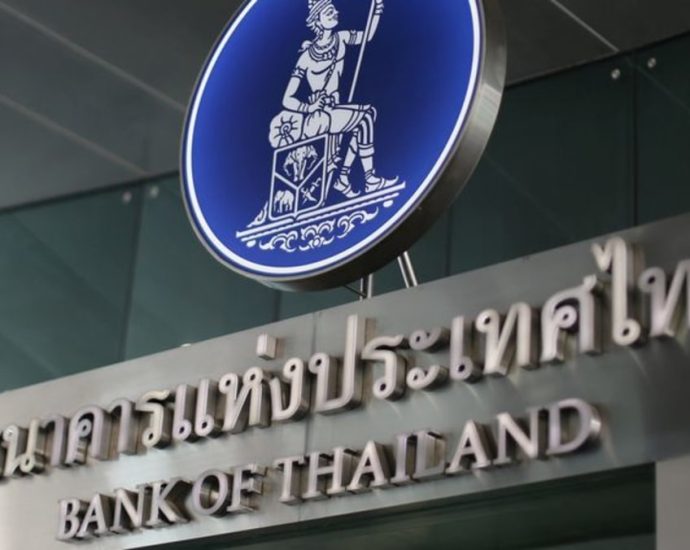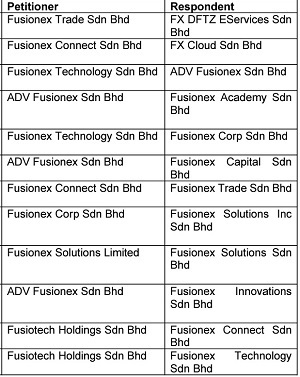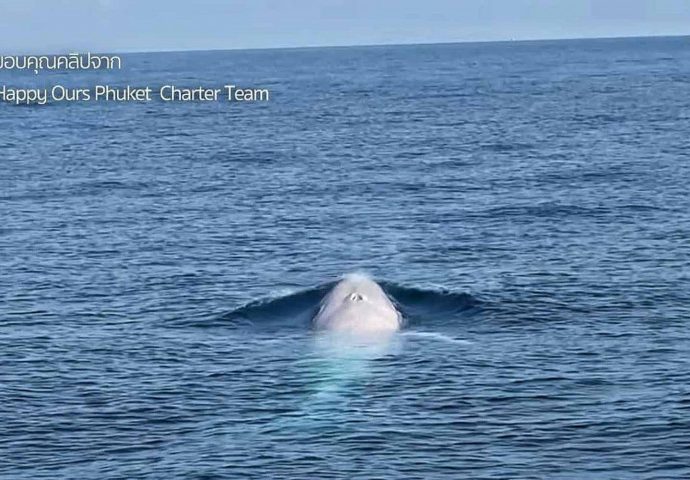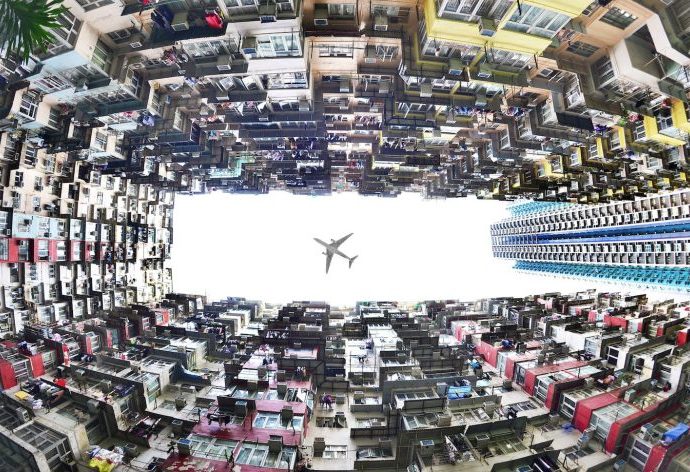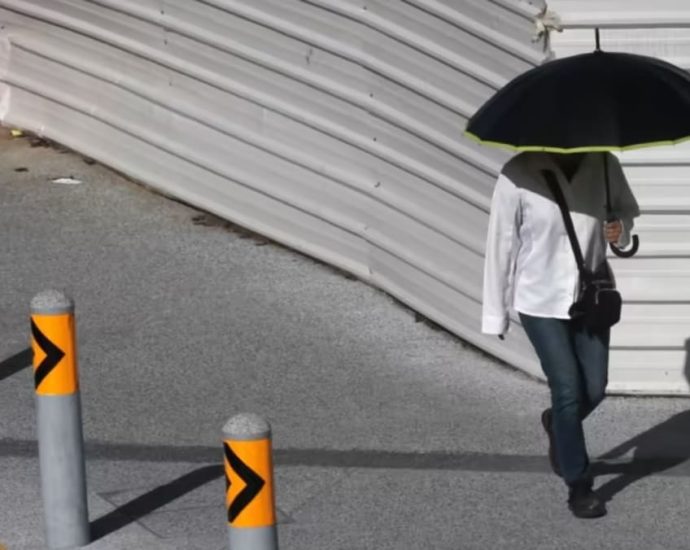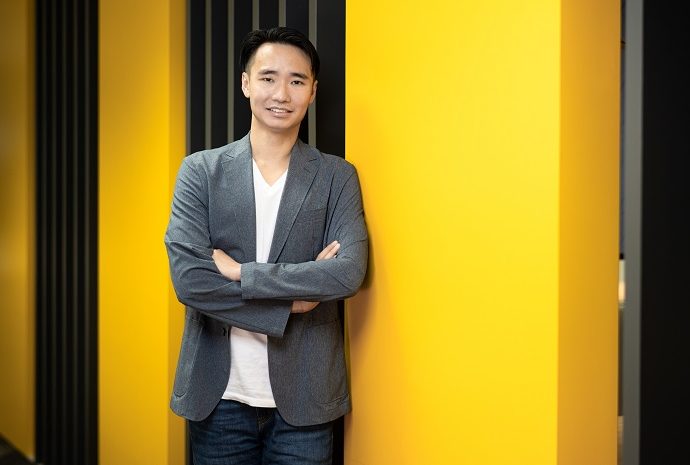SAS appoints new managing director for Malaysia, Indonesia and Vietnam to accelerate data analytics growth in the region
Siboro’s appointment aims to bolster SAS’s Southeast Asian presence
Tasked with cultivating, strengthening channel partnerships, foster collaboration with stakeholders
SAS, the global leader in AI and analytics software, has announced the appointment of Febrianto Siboro (pic) as the new managing director for Malaysia, Indonesia, and Vietnam. This move aims to fortify the company’s…Continue Reading



